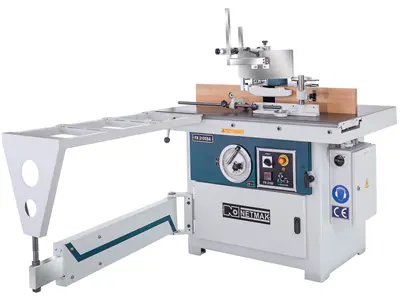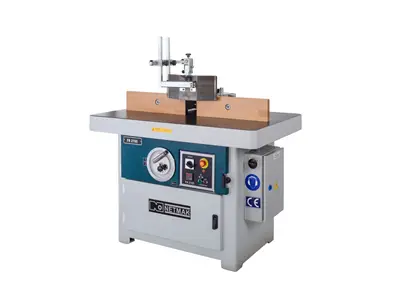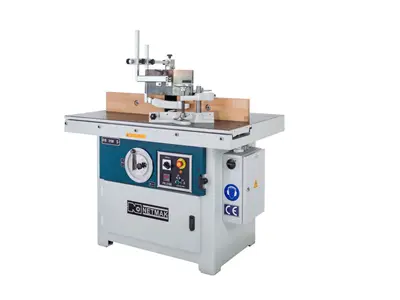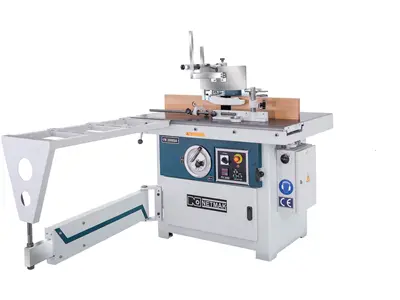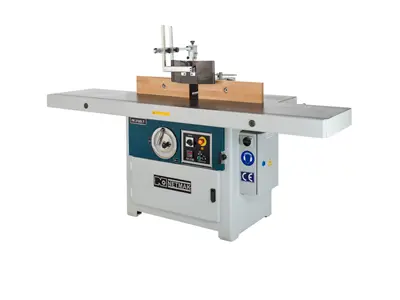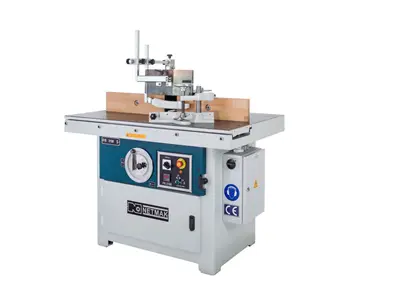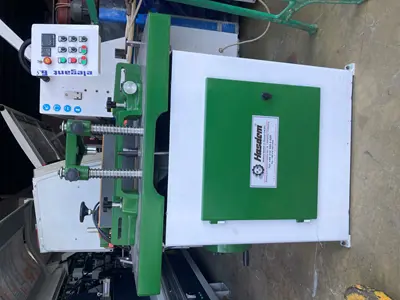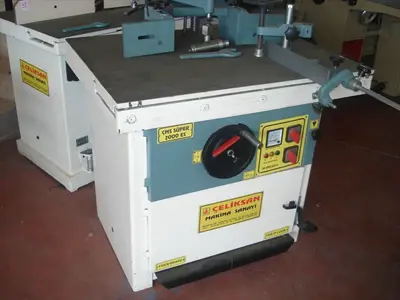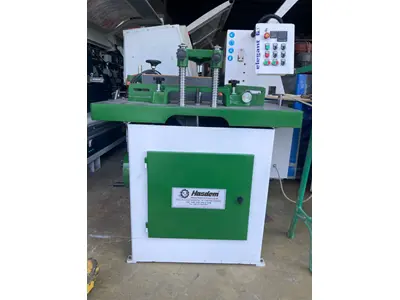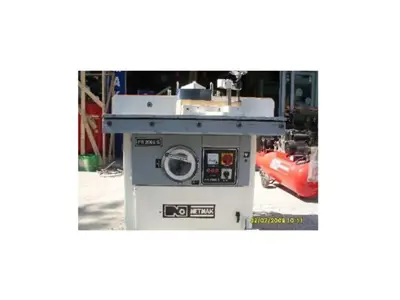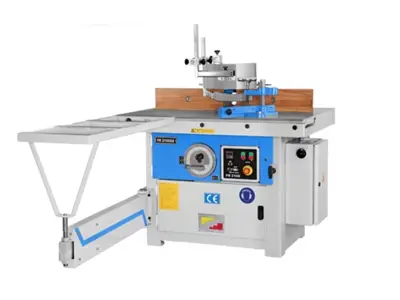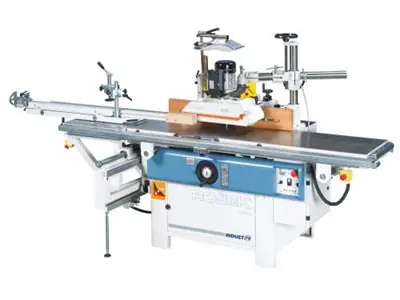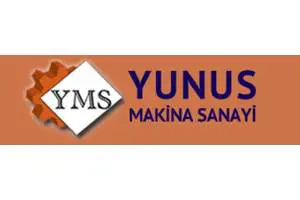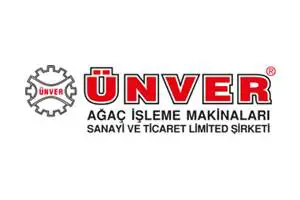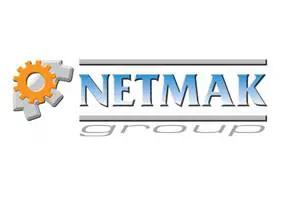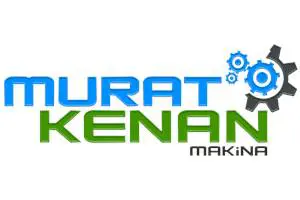What is a Milling Machine on Wheels?
Milling is a process where cutters rotate on a machine to remove material from the workpiece along the cutter's axis of rotation. With the help of a milling machine on wheels, a wide range of operations and functions can be performed from small objects to large ones. Milling is a cutting process using a milling cutter to remove material from the surface of the workpiece. An on-wheels milling machine is typically a rotating cutting tool with multiple cutting points. Milling is a cutting operation where the material is removed by feeding against rotating cutters with single or multiple cutting edges. Many shapes with flat or curved surfaces can be processed with precision and accuracy using a milling machine on wheels. It can also be used for drilling circular profiles and gear cutting with suitable attachments. Milling is a machining process that utilizes rotating cutters to remove material from a workpiece along the axis of the tool. It covers a wide range of processes and machines, from small individual parts to large, heavy-duty milling operations.
Milling machines are tools designed to process metals, wood, and other solid materials. Typically, milling machines can be vertically or horizontally oriented to carve materials based on a pre-existing design automatically. These designs are often CAD-oriented, and while manual and traditional automatic milling machines are common, many milling machines are operated with CNC. Milling machines have dynamic motion capabilities for both the tool and the workpiece, and many milling machines can perform multi-axis machining. A milling machine is a versatile tool with numerous functions in the metal industry. Each machine has cutters that run at various speeds to shape the material as desired. With an adjustable inclined feature, each milling machine can be set up for more precise cutting. The machine is capable of performing a variety of tasks such as carving, chamfering, milling, drilling, and cutting. There are several types of milling machines each with different functions categorized according to control type, number of axes available, direction of the spindle, tool size, purpose, and power source. While there are several types of milling machines available today, they essentially serve the same functions but use different terminology.
Compared to the drilling process where the tool is advanced along the rotation axis, the cutter in milling generally moves perpendicular to its axis, allowing the cutting process to occur around the cutter. A milling machine on wheels is a machine commonly used in furniture making. In this type of milling, the carriages move on the carriage slide system on the car console along with the table, making a transverse horizontal movement. As the milling cutter enters the workpiece, the cutting edges of the tool repeatedly enter and exit the material, shaving off the chips. The cutting action displaces material into small clusters, pushing the material to a greater or lesser extent to create chips. This differentiates metal cutting from cutting soft materials with a knife. The milling process removes material by making many small cuts and passes. This is done by using a cutter with multiple teeth, rotating the cutter at high speed, or advancing the material slowly against the cutter; often, it is a combination of these approaches. A milling machine on wheels is highly versatile. They are commonly used to process flat surfaces but can also produce irregular surfaces. They can also be used for drilling gears, drilling, cutting, and slotting.
A milling machine on wheels can be equipped with various tool heads to meet different processing requirements. Some of these tool heads include cutters, profiling mills, grooving mills, and ball mills. Some milling machines have rotating tool ends that can be changed depending on the required task; computer programming communicates with the machine when to change the tool. Different tools used with a milling machine on wheels depend on the material and the desired shape. Since materials like wood and steel have different physical properties, different tool heads are needed to process materials correctly. If a milling machine uses a tool end that is not strong enough to process steel, both the tool and the machine itself can be damaged. Tools that are too powerful for softer materials can damage the workpiece. The basic tool bit in a milling machine is called a cutter. A cutter is a shaped bar with teeth that rotate quickly to cut and shape materials. A cutter is typically attached to a spindle or mandrel, sometimes as a shaped bar in varying sizes, lengths, and finishes, and is used to securely hold the cutter. Milling machines are categorized based on orientations and degrees of motion towards workpieces.
Speeds and feeds used are adjusted to match a combination of variables. The speed at which the workpiece advances along the cutter is called the feed rate or simply feed; usually, it is measured in material length per full cutter revolution. With nearly 100 new and used options, you can find milling machines on wheels on our page. We offer you an opportunity to review the leading companies' milling machines on wheels. Providing quality and diverse products from manufacturers such as Akar, Armaksan Makina, As Makina, Atmaca, Beeman, Bursa Yapımı, Burselkur, Ç M S, Çelik, Çeliksan, Durmuş, Emsa, Ermaksan, Felder, Hammer, Mar-Mak, Mızrak, Netmak, Ömür, Ören, Özyön Makina, Scm, Site, Tokuz, Törk, Ünver, Yön-Mak Makina. If you want to purchase a machine that fits your budget, you just need to contact the manufacturer and submit your price offer. With hundreds of brands and models, instant access to sellers, selling and renting options under the milling machine category.






